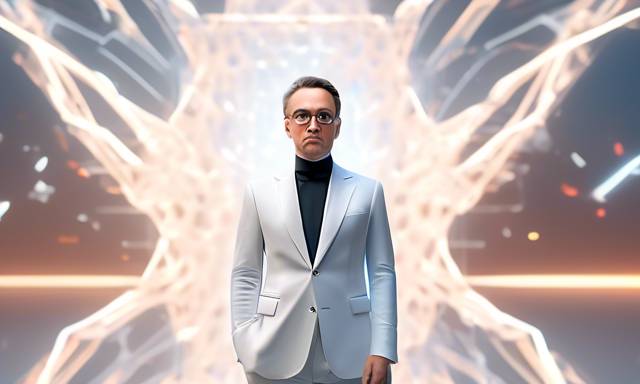Revolutionizing Quantum Algorithm Development with AI 🤖🔍
This article explores the intriguing partnership among NVIDIA, the University of Toronto, and Saint Jude Children’s Research Hospital, focusing on how these organizations are incorporating advanced AI techniques into the realm of quantum computing. By utilizing generative pre-trained transformers (GPT), they are working on the creation of innovative quantum algorithms, particularly the Generative Quantum Eigensolver (GQE) method. This collaborative effort signifies a transformative step forward in the integration of AI and quantum technologies.
Significance of the GQE Method in AI & Quantum Computing 🌌
The GQE approach stands at the forefront of utilizing AI to enhance quantum computing methodologies. Built on the NVIDIA CUDA-Q framework, this technique allows the application of individual GPT models to generate intricate quantum circuits. The framework is designed for accelerated quantum supercomputing, offering a hybrid environment that seamlessly integrates various computing units, making it perfectly equipped for the implementation of the GQE method.
Co-author Alan Aspuru-Guzik emphasizes the scalability of the CUDA-Q platform, which adeptly combines CPUs, GPUs, and QPUs to train and deploy GPT models tailored for quantum computing applications.
GQE and LLMs: A Comparative Understanding 🔄📊
To grasp the workings of GQE, considering the functionality of traditional large language models (LLMs) proves beneficial. LLMs, which are adept at processing and generating text based on extensive datasets, offer a pertinent analogy. In contrast to LLMs that engage with language, GQE focuses on operations related to quantum circuits. Utilizing a transformer architecture, GQE generates sequences of unitary operations essential for defining quantum circuits. This training process aims to minimize a cost function assessed through expectation values derived from previously constructed circuits.
Overcoming Challenges in the NISQ Computing Era 🚀
As we navigate the challenges posed by the noisy intermediate-scale quantum (NISQ) computing era, various quantum algorithms encounter significant hardware limitations. Hybrid quantum-classical models, like the Variational Quantum Eigensolver (VQE), strive to navigate these obstacles. However, GQE marks a pioneering effort in utilizing AI for enhancing NISQ applications, specifically through the classical optimization of parameters within the GPT framework.
The innovations introduced by GQE in the context of NISQ algorithms include:
- Creating quantum circuits without relying on quantum variational parameters.
- Boosting the efficacy of quantum resources by substituting quantum gradient evaluations with sampling and backpropagation processes.
- Permitting modifications to incorporate specialized knowledge or target applications beyond chemistry.
- Facilitating pretraining, thereby reducing the need for extra quantum circuit assessments.
Initial Outcomes and Future Directions 🔮📈
For its first evaluation, the GQE method, drawing inspiration from GPT-2 and termed GPT-QE, successfully gauged the ground state energies of small molecular structures. This model exhibited exceptional capabilities for parallel processing, significantly slashing training durations from 173 hours using a single NVIDIA H100 GPU to just 3.5 hours with 48 H100 GPUs working concurrently.
Looking forward, research endeavors aim to probe into various operator sets suited for GQE, alongside optimal training methodologies including pretraining approaches. These initiatives intend to leverage existing datasets to boost the training efficiency of transformers or to aid their convergence process.
Furthermore, collaborations between NVIDIA and Los Alamos National Lab are exploring how GQE can be applied in geometric quantum machine learning, expanding the potential scope of this groundbreaking initiative.
Hot Take: The Future of AI and Quantum Synergy 🌟
The collaboration between renowned institutions signals a promising future for the intersection of AI and quantum computing. As advancements continue, the combination of these powerful technologies holds the potential to dramatically enhance various scientific fields, paving the way for revolutionary discoveries and improvements. With ongoing research, the applications of this innovative approach are bound to grow, addressing complex challenges across different domains.
For more insights about this project and the underlying technologies, you may explore the NVIDIA Technical Blog.





 By
By
 By
By
 By
By

 By
By